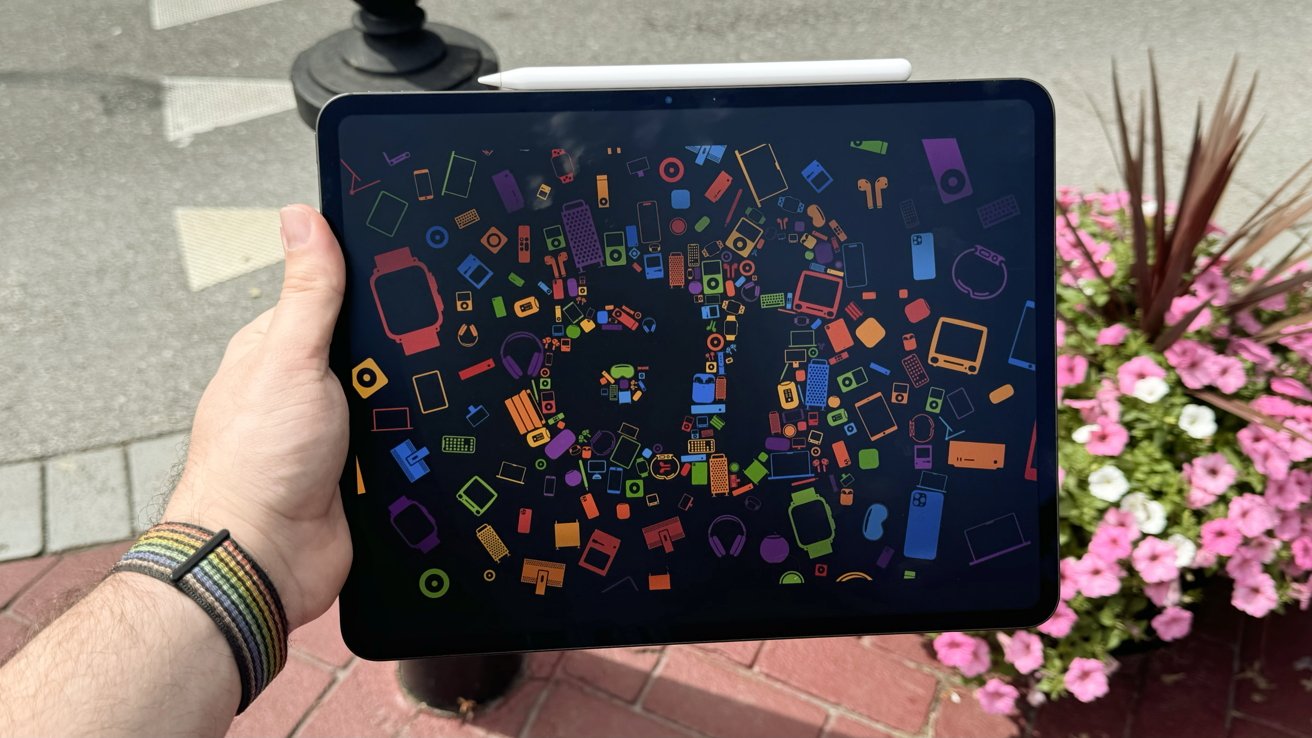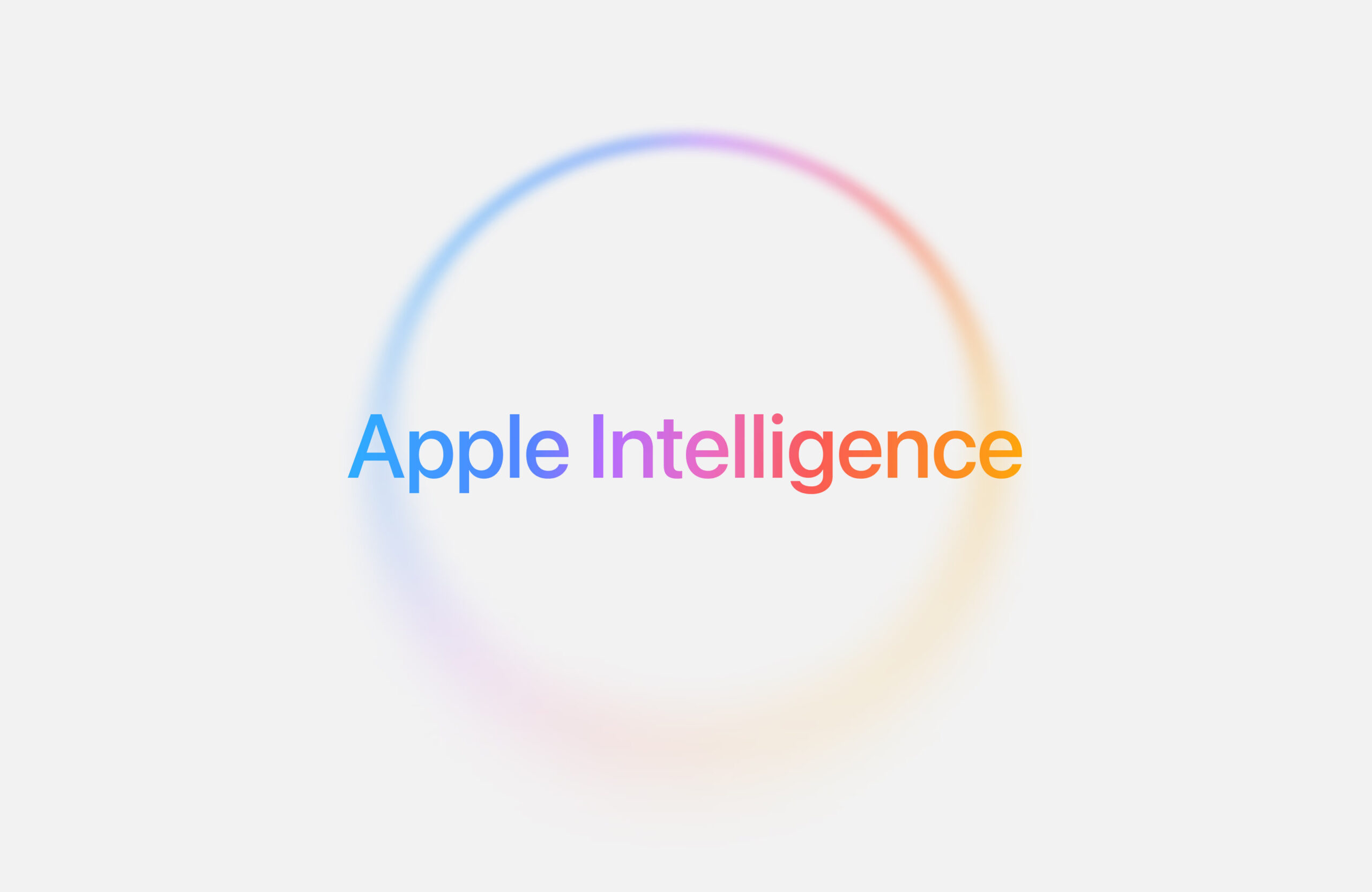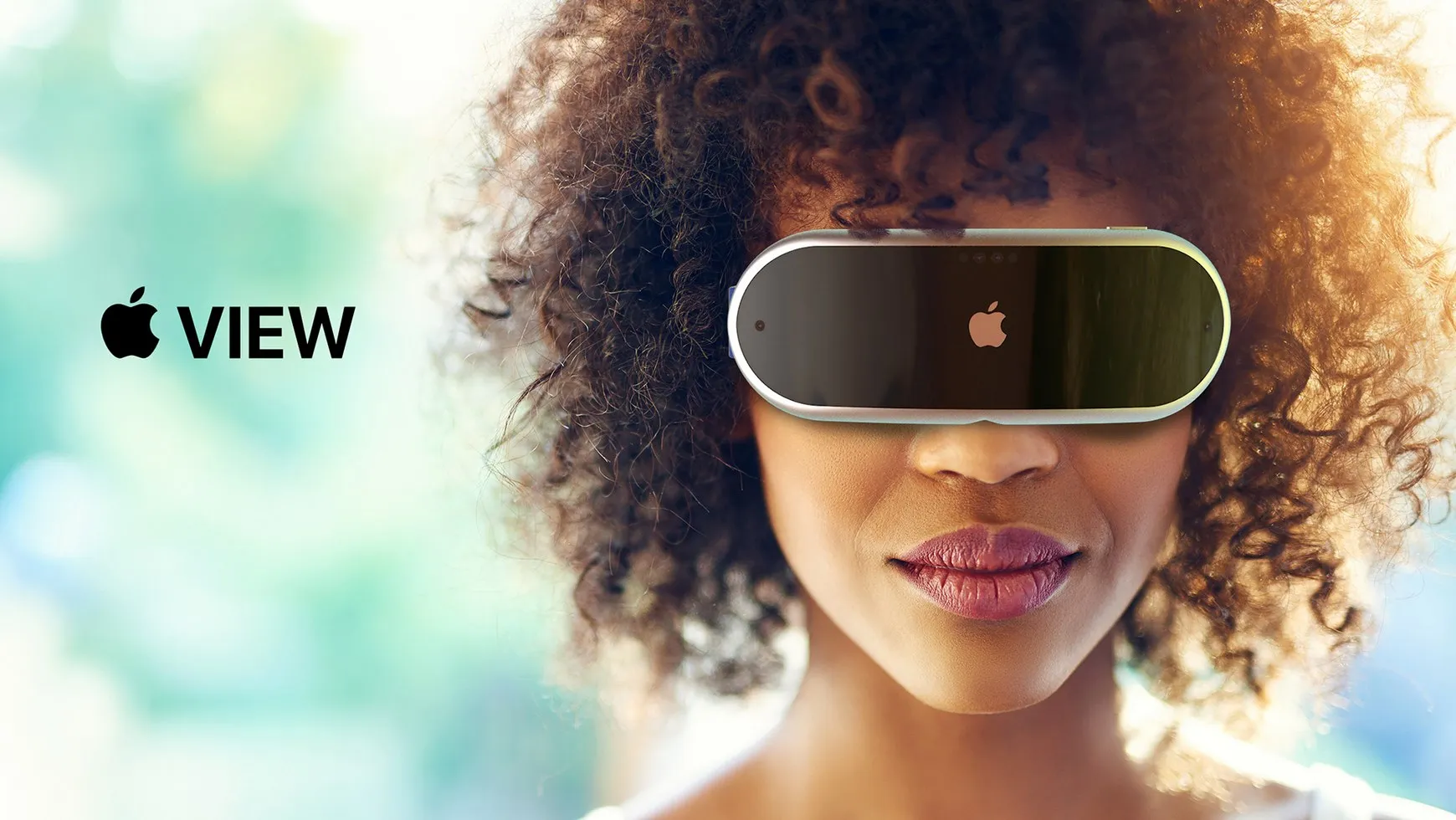Apple has been knocking it out of the park with new iPhone apps, but when it comes to supporting the iPad, they’ve been striking out.
First in line was the Journal app, which only came out for iPhone users when iOS 17.2 was released. Even with the update to iOS and iPadOS 18, while the iPhone app got plenty of enhancements, iPad users were left out in the cold.
Next up was Apple Sports, which made its debut on the iPhone a year ago. It’s improved a lot since then, but there’s still no iPad version. We’re all waiting to see if an iPad app or at least a widget will show up soon.
Then there’s Apple’s new Invites app, which lets you send out invites to any device. However, if you’re using an iPad, you won’t find a dedicated app for it yet.
On a brighter note, the iPhone versions of Sports and Invites do work on iPads, providing some relief for iPad users.
The lack of a Journal app for iPad is particularly frustrating because, unlike other apps, it’s built into the system. This means iPad users can’t even use the iPhone version in a workaround like Stage Manager mode.
Many thought Apple had moved past the days of iPhone-only apps, especially after finally bringing apps like Weather and Calculator to the iPad. But these new, exciting apps are still iPhone-exclusive.
Apple’s pitching some great new apps, but when it comes to hitting home runs with iPad versions, they might need to call in a pinch hitter.







